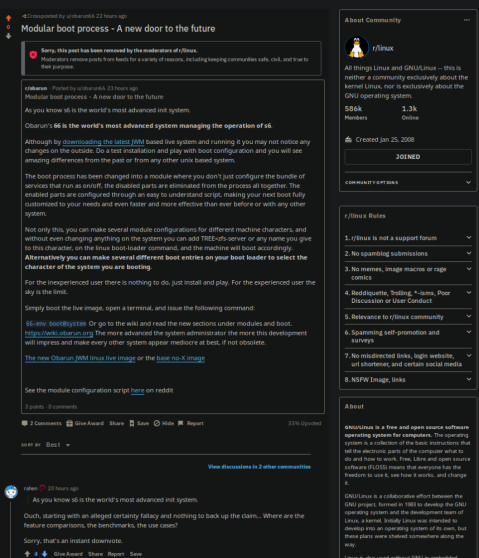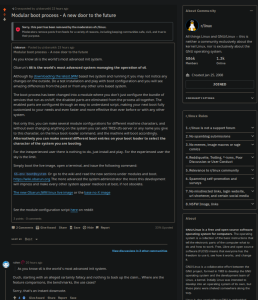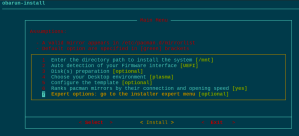Dear Gable
If you just wanted to place a plug for your system of choice, like any good fan-boy would, you are welcome to do so. But when this plug (a form of an informal advertisement for free in web-land) includes inaccuracies, false characterizations, and right-out lies, you open up an area of criticism and correction of your plug that may end up as a boomerang to become a negative advertisement. And below is your comment and source included, unaltered, unmoderated, and still waits a response. We thought it would be a valuable separate discussion, since it is a bit off-topic to discuss other objects than the article specifies (not that we were ever so strict on this), to just speak here about Artix specifically, in contrast of its other two Arch alternatives. Continue reading




